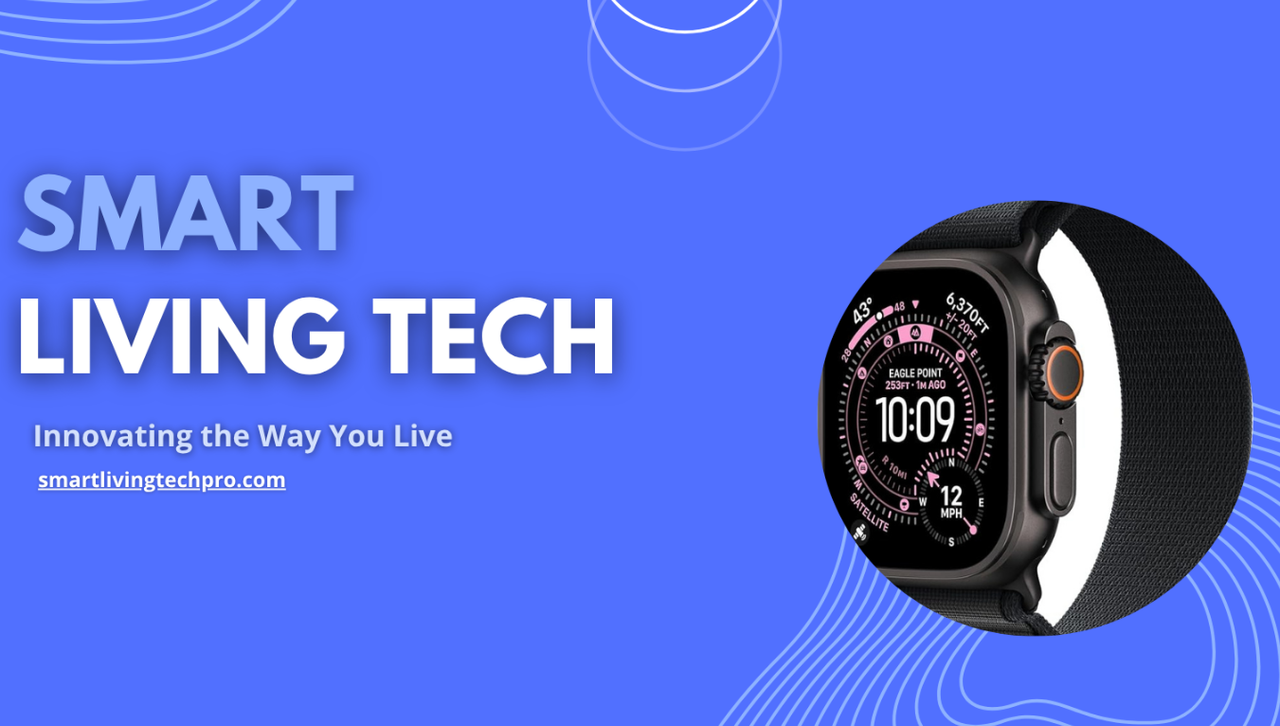Introduction: What Does “AI Navigation” Mean for Robot Vacuums?
In the world of robot vacuums, AI navigation refers to a variety of advanced technologies that enable the machine to “think,” sense, and adapt — not just randomly bump around your floors. This can include:
These AI-powered systems let modern robot vacuums operate more like a purposeful cleaner — not just a random wanderer.
Key Benefits of AI-Powered Navigation
-
More Efficient Cleaning
With precise mapping and planning, AI-driven vacuums follow optimized paths — covering your floors with fewer overlaps and without missing spots. Smart Floor Clean
-
Fewer Stuck Moments
Thanks to real-time obstacle detection, these vacuums are much less likely to get tangled in cables, bump into chair legs, or struggle with clutter.
-
Smarter Route Adaptation
AI allows the vacuum to adapt on-the-fly: it can change its path when new obstacles appear or when furniture is moved — and it refines its map over time.
-
Better Coverage in Complex Environments
With multi-room mapping and memory, the vacuum remembers your home layout and avoids redundant cleaning, saving battery and time.
How Each Featured Vacuum Uses AI Navigation Differently
Here’s how five top AI-powered robot vacuums (that we recommend) leverage different navigation technologies to outperform older or simpler bots:
1. Roborock S8 Pro Ultra Robot Vacuum & Mop :
navigates using LiDAR-based mapping combined with SLAM, enabling it to build a precise, real-time map of your space. This systematic coverage ensures efficient cleaning with minimal overlap, and the vacuum can intelligently return to its dock when needed.
2. Roborock S7 MaxV Ultra Robot Vacuum & Mop:
employs stereo-vision and AI object recognition via its ReactiveAI system. This lets the robot “see” obstacles — such as cords, toys, and cables — and actively avoid them, making its navigation smarter and safer in cluttered environments.
3. Ecovacs Deebot T10 Omni Robot Vacuum & Mop:
combines LiDAR mapping with dToF sensors and visual object recognition to navigate confidently. Its TrueMapping 2.0 technology builds a detailed 3D layout of your home, while AI and camera systems help it detect and avoid common obstacles.
4. Eufy X10 Pro Omni Robot Vacuum & Mop
also uses LiDAR for mapping, but overlays that with visual SLAM (simultaneous localization and mapping) to create detailed maps. Thanks to its multi-map capability, it supports saving up to five different floor plans. It avoids common obstacles by combining LiDAR data with a vision-based system.
5. The Shark AI Ultra Robot Vacuum & Mop:
navigates via LiDAR-based SLAM, allowing for dependable mapping and collision avoidance. Its onboard intelligence helps it adjust its cleaning paths depending on your room layout, ensuring it tackles corners and edges effectively.
Real-World Impact: Why AI Navigation Means Cleaner Homes
-
In pet-friendly homes, AI navigation helps avoid hair traps and navigates around food bowls or toys — reducing the need to intervene.
-
In kids’ rooms, clutter like toys, Legos, and cables are common — AI vision and obstacle avoidance help the vacuum dodge and adapt.
-
On multi-surface homes (hardwood, rugs, tiled floors), smart mapping ensures no area is skipped: the vacuum “remembers” where different surfaces are and plans accordingly.
-
From user discussions on Reddit, obstacle avoidance remains the critical feature for many:
“The issue was never obstacle avoidance… A decent robovac has a lidar … and a camera to map obstacles that LiDAR might miss.” Reddit
These real-world insights highlight that consumers highly value vacuum intelligence, not just suction power.
The Future of AI Navigation in Robot Vacuums
As the tech matures, we can expect robot vacuums to become even more autonomous, capable of recognizing more object types, learning from their environment, and cleaning with less human oversight.












Post a Comment